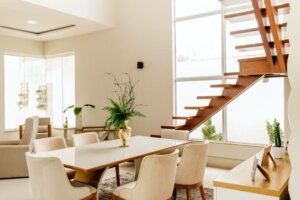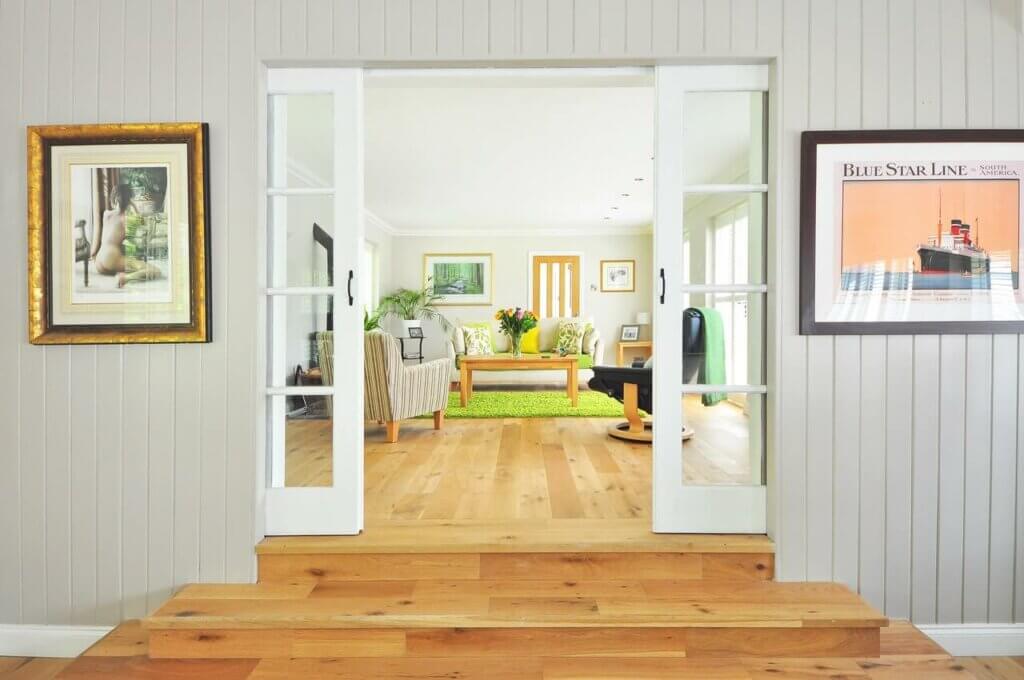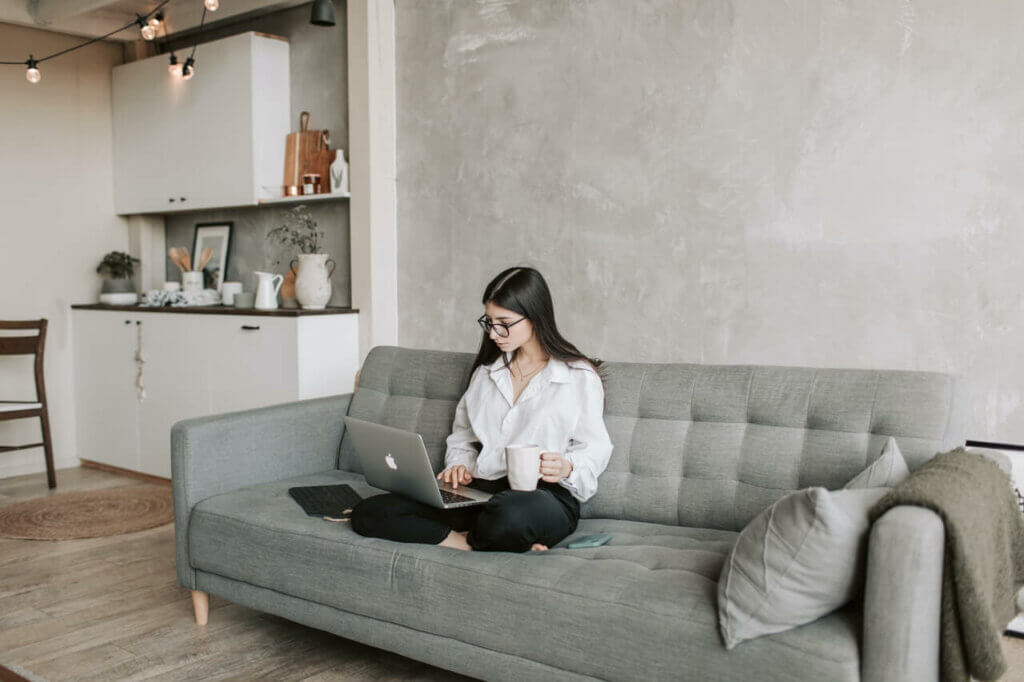How to Apply the Concept of Functionality to Decoration

One of the questions you must keep in mind is what you’re trying to achieve with your household decoration. Are you really aware of all the benefits it can provide? It’s important to know how to apply the concept of functionality to decoration.
Some furniture fulfills the double mission of decorating and, in turn, providing a use. In this sense, a series of key qualities define interiors and our way of enjoying them.
You must ask yourself if you are really satisfied with the organization of your home and the elements that are present in it, as well as the use that each one of them has in your day-to-day life.
What do you understand by functionality?

First of all, you should define what the concept of functionality within a house is. Basically, this refers to everything that has a practical use, either from a formal or material point of view.
In this way, you can take into consideration these two fundamental ideas. On the one hand, the decoration keeps aesthetic parameters to ensure harmony, on the other hand, it’s sufficiently effective to meet your needs.
An essential principle for the home is to be functional and look inviting too.
Functionality in decoration
How can you combine both concepts to work together in interior design? You’d have to start, fundamentally, from the aesthetic principles that characterize each of the elements in the space. Let’s look at some examples:
· Nowadays, most furniture sticks to basic lines; that is, structures that aren’t complicated. The style that is closest to this approach is minimalism; which is essential to get that simple look you’re after.
· The same can be said of certain accessories – bowls, vases, paintings, photographs, etc. They shouldn’t be extravagant or eye-catching, but rather merge with the rest of the elements to form a whole. The space needs room to breathe.
· Geometrical shapes transmit security, stability and balance. All these aspects possess interesting features for decoration, whether on tables, cabinets, chairs, windows, etc.
· Functionality relates to comfort. That’s why you should arrange those resources that you know you’ll use in a prominent position – a mirror and coat rack in the entrance, the carpet in the center of the room, auxiliary tables, etc.
· Regarding colors, they also play an important role. You shouldn’t apply a palette that’s too wide – choose those that draw your attention or use neutrals.
Free up space and gain balance

When people furnish and decorate interiors, they sometimes fill the space and that’s actually not the best idea. You should give the rooms a sense of space so that you get a clean and simple look.
For this reason, you must be aware of the need not to continually add resources. The idea is that you achieve a healthy environment – this is essential to develop a sense of functionality in the decoration.
An appropriate concept for city apartments
Cities are growing every year; naturally, more and more people are buying an apartment. People usually decorate them using modern and contemporary designs and abandon traditional procedures.
Functionality fits well in this area, since it relates to its natural habitat, or the urban context; hence, you should tend towards a more casual and alternative style.
In short, this concept can provide comfort and, also, unique decoration, refined and tailored to current demands.
All cited sources were thoroughly reviewed by our team to ensure their quality, reliability, currency, and validity. The bibliography of this article was considered reliable and of academic or scientific accuracy.
- Emma, Callery: Enciclopedia práctica de la decoración, Everest, 2001.
- Walton, Stewart: Guía completa de decoración: 1000 ideas de diseño para el hogar, Blume, 1997.








